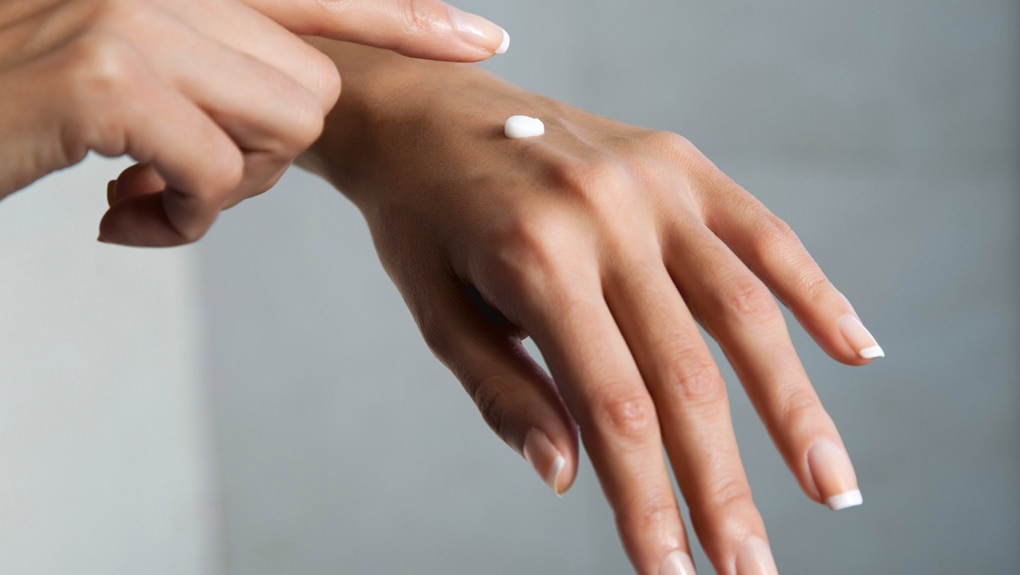These are the labels you should be looking out for
Protect your sensitive skin by being sensitive to labels
Overwhelmed by all the different labels on the skincare aisle? Puzzled by how similar they all sound? Worried you can’t trust them with your sensitive skin? Let us decode some of the most common and confusing labels for you.
“Hypoallergenic”
This label simply tells us that the product is significantly less likely to cause allergic reactions for users. It doesn’t mean that it carries no allergens at all.
But there’s one problem — there are many different ways to test the hypoallergenic factor of a product, and all tests may not produce the same results for the same ingredients. Yet, all tests are valid and accepted, which is in a way rather scary, as almost any product can then be marked “hypoallergenic”. To all those with sensitive skin: remember that this label is meant more to comfort you than to guarantee you that there will be less chances of irritation with this product.
“Fragrance-free”
On one hand, this could mean that no fragrance was added, but it could also mean that the manufacturer added more chemicals to mask the product’s natural scent. The problem is, one synthetic fragrance ingredient, or that which masks it, can be a potent concoction of chemicals which can be harmful to the skin.
“Natural”
Ingredients sourced from animals, plants, or other origins in nature can be classified as “natural”. But it doesn’t mean the product is better or gentler on skin. And it’s highly unlikely that these ingredients went straight from the farm or forest and into your bottle without being altered during the extraction and production process. Take the time to study the ingredients list on the back of the bottle or tube.
“Organic”
In an ideal world, your organic skincare includes ingredients that are grown with earth-friendly agricultural methods and should be pesticide- and chemical-free. But the beauty products are not as heavily regulated as food is. Take note of how the word “organic” is used. For example, does the label say, “100% organic”, “organic” or “made with organic ingredients”? This is related to the regulations of different countries and will give you an indication of how much of the product is actually organic. Organic ingredients may only form a small part of the product, so check your ingredients list.
It’s always a good idea to patch-test a product on your hand first, whether you’re someone with sensitive skin or not. When in doubt, seek the advice and product recommendations of a dermatologist.






